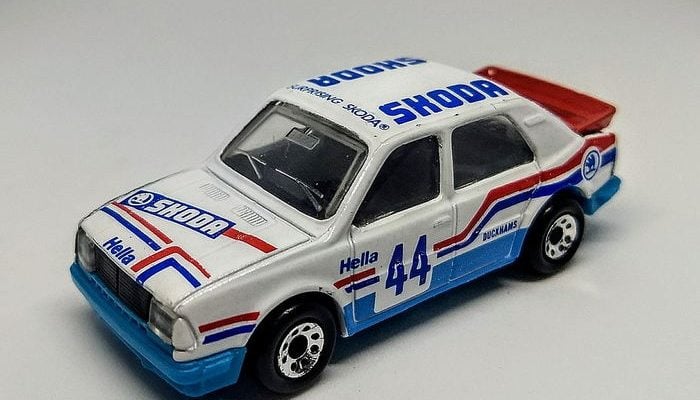Welcome to the fascinating world of Matchbox cars history! A tale that begins in post-war Britain, where two die casters, Leslie Smith and Rodney Smith, established Lesney Products in 1947. Along with their partner Jack Odell, they set out to make small toys, not realizing that their creations would soon capture the imaginations of children worldwide.
The birth of the Matchbox car is a delightful story of ingenuity and observation. In 1952, Odell noticed a rule at his daughter’s school that only allowed children to bring toys that could fit inside a matchbox. This seemingly innocuous rule sparked an idea. Odell downsized Lesney’s existing road roller toy, housed it in a matchbox, and a new era of toys began.
The charm of these old Matchbox cars lies in their minute detail and accessibility. Offering a cement mixer, a double-decker London bus, and a pocket-sized racecar, Matchbox cars appealed to children who could now own a car or even an entire fleet, for just a few pennies. When sales expanded to the US, an American addition, the Ford Customline Station Wagon, was introduced, marking the start of Matchbox’s international fleet.
The 1960s witnessed Matchbox cars becoming a global phenomenon, with a staggering 70 million vehicles exported in 1960 alone. Lesney Products flourished, becoming one of England’s most profitable companies. These tiny toys, with little advertising, became the go-to choice for American kids, turning millions into Matchbox collectors.
Despite these commendable efforts, the high manufacturing costs in England led Lesney into bankruptcy. Universal International Ltd. then acquired Matchbox, moved most of the production to Asia, and kept the wheels turning. Now, as part of the Mattel family, Matchbox cars continue to be loved by children and Matchbox collectors alike.
10 – The Astonishing Diversity of Matchbox Vehicles
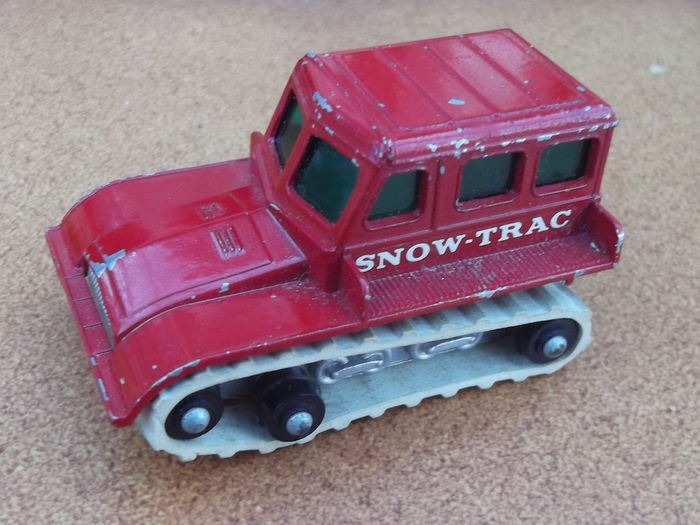
A testament to the immense creativity and tireless work of the Matchbox team is the fact that over 12,000 different vehicles have been produced by the company. This is no small feat. Each design is meticulously crafted, ensuring attention to the smallest details. This commitment to diversity and quality is what keeps Matchbox fresh and relevant, constantly offering something new to delight their audience. Just imagine the broad spectrum of designs – from classic cars to futuristic spaceships, and everything in between!
09 – The Reign of Matchbox in the Toy Car World
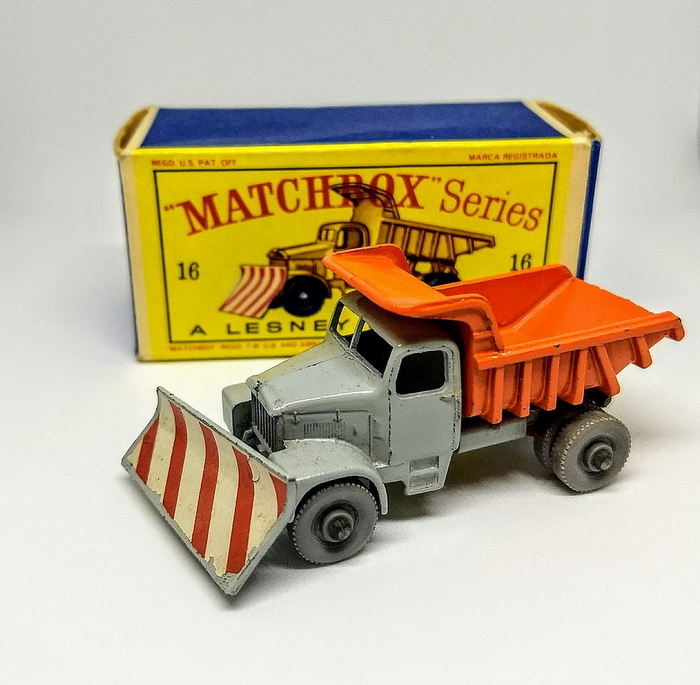
In the golden era of toy cars, which lasted up until the early 70s, Matchbox cars were the unchallenged kings of the sandbox. They dominated the miniature car scene, earning a special place in the hearts of kids and adults alike. There was something magical about those tiny, meticulously crafted replicas that caught everyone’s imagination. The British charm, the delightful detailing, and the sheer variety made Matchbox the go-to brand for toy car enthusiasts.
08 – The Impact of Hot Wheels on Matchbox Sales
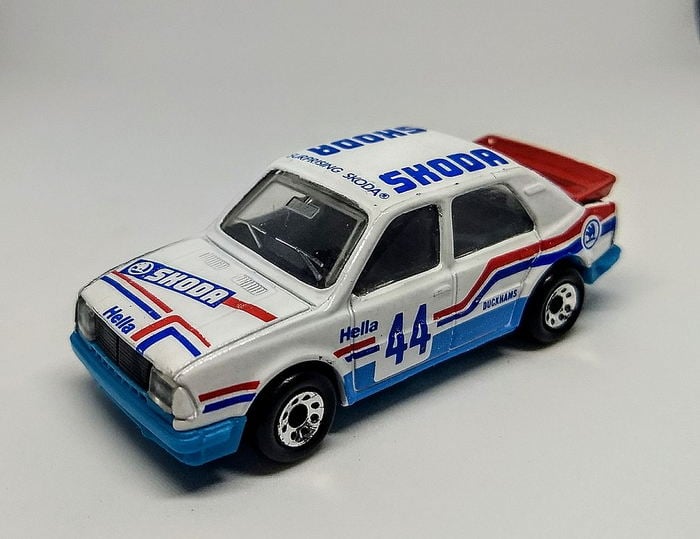
The arrival of Hot Wheels caused a seismic shift in the toy car market. With their flashy designs and emphasis on speed, Hot Wheels appealed to a new generation of children, resulting in Matchbox sales dropping by a staggering 75%. This shift reflects the changing tastes of the era, favoring more aggressive, flashy designs over Matchbox’s realistic, scaled-down models. However, Matchbox held on, adapting and evolving to meet new challenges and tastes.
07 – The Change of Hands to Tyco Toys
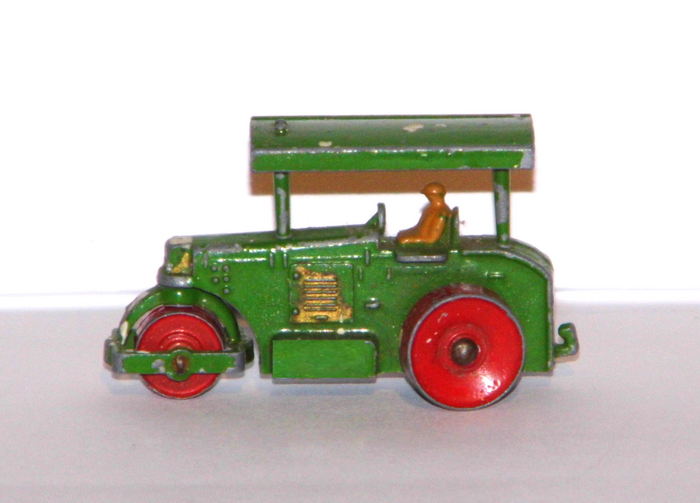
In 1992, Tyco Toys took the reins of the Matchbox legacy by purchasing Universal Matchbox for $106 million. This shift marked a new chapter in the Matchbox saga, as the brand continued its journey under new management. The change brought new opportunities and challenges, yet Matchbox managed to retain its charm and quality. Tyco’s acquisition was a testament to the enduring value and appeal of the Matchbox brand.
06 – The Merger of Giants: Tyco and Mattel Inc.
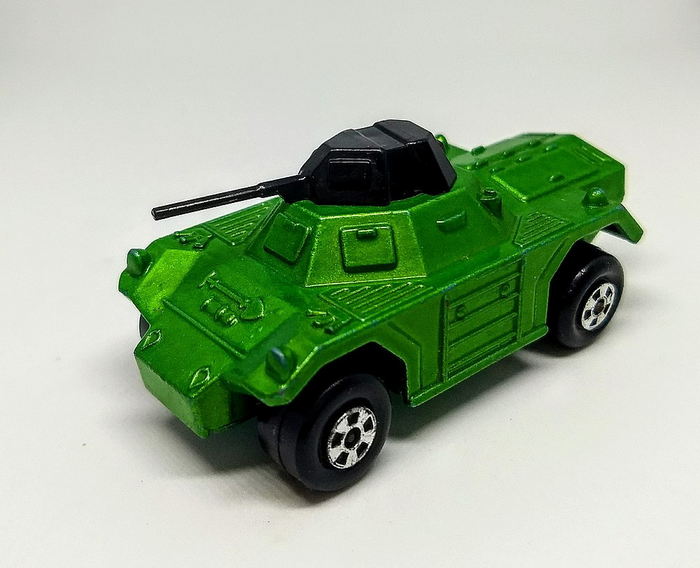
In an interesting twist of fate, Tyco and Mattel Inc. merged in April 1997. This merger brought together two of the biggest names in the toy car industry: Hot Wheels and Matchbox Cars, once fierce rivals, now under the same roof. This merger marked a significant moment in the toy industry, reflecting the evolution of the market dynamics. Despite their different roots and design philosophies, both brands continue to coexist, each maintaining its unique identity while contributing to Mattel’s diverse portfolio.
05 – An Overwhelming 3 Billion Toy Cars and Counting
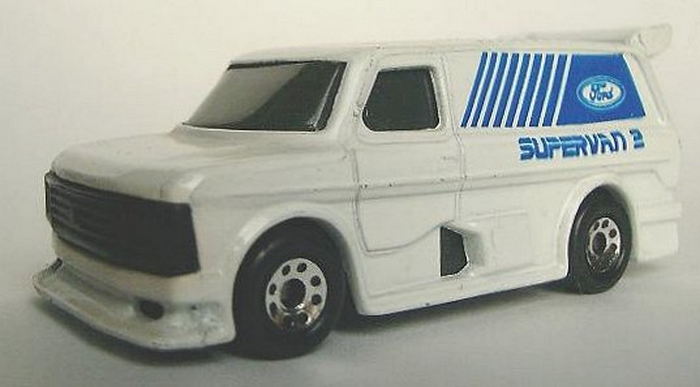
Just imagine, over 3 billion miniature vehicles have rolled off the Matchbox production line. That’s an incredible amount of small-scale, die-cast fun! An astounding number when you think about it, with each little car creating memories, sparking imaginations, and perhaps starting a lifelong passion for automotive collectibles. This massive production volume speaks to the enduring popularity of Matchbox, a toy that has transcended generations and geographical boundaries.
04 – Pocket Money Prices for Priceless Fun
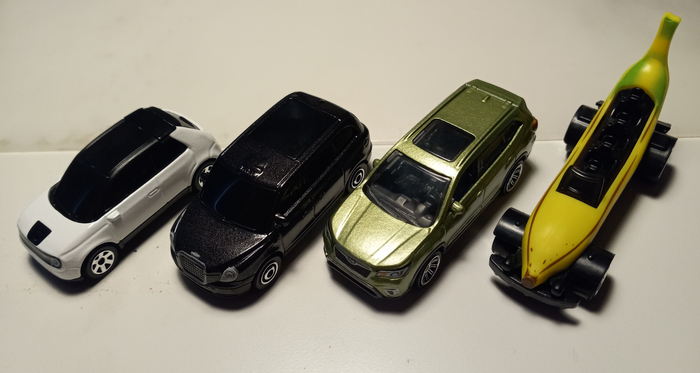
When the Matchbox cars first hit the market back in the 1950s, they were sold at a mere 7.5 pence each, roughly equivalent to 18 American cents. Even with the tightest budget, a child could save enough to purchase their very own Matchbox car. This affordability was key in making these mini marvels accessible to all, setting the stage for the Matchbox cars’ future success.
03 – A Humble Beginning with a £600 Investment
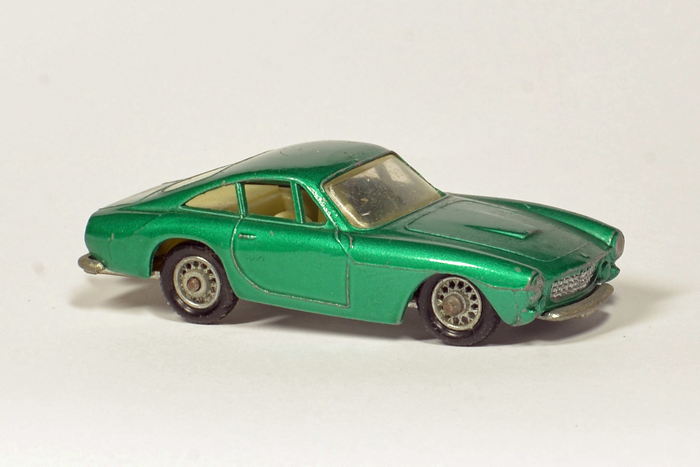
A £600 investment, roughly $1000 back in the day, was all it took to set the wheels of the Matchbox journey in motion. Such a modest start for a toy that would revolutionize the industry and create a worldwide phenomenon is truly inspiring. It goes to show that great ideas coupled with tenacity and hard work can transform a small investment into an empire.
02 – The Shovel-Nose Tractor: A Production Line Veteran
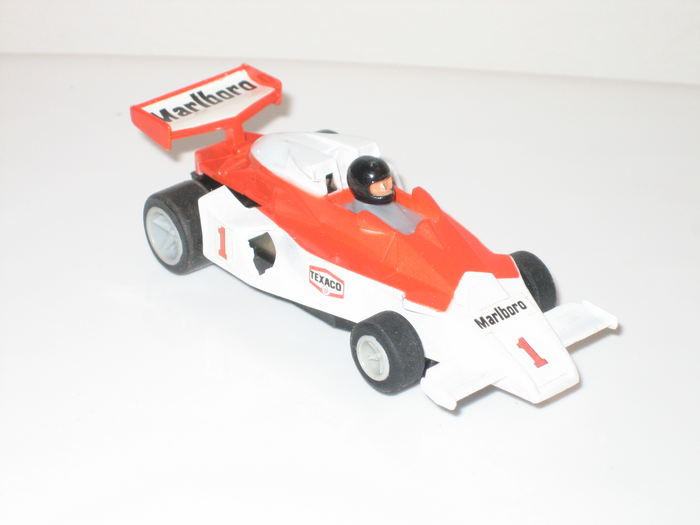
Among the fleet of Matchbox vehicles, the one with the longest production run is the shovel-nose tractor, introduced in 1976. This durable and practical farm machine captured the hearts of kids and collectors alike. With its distinctive shape and rugged charm, the shovel-nose tractor is a testament to the universal appeal of agricultural vehicles and the timeless design of Matchbox cars.
01 – From Pocket Change to Collectors’ Gold
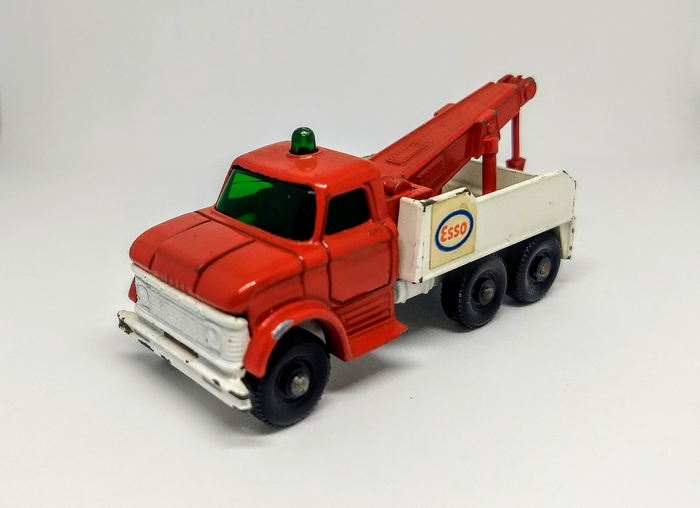
Just like vintage comic books or rare coins, some Matchbox cars have turned into precious collectibles over time. A Matchbox car bought decades ago for less than a dollar can now fetch anywhere from $10 to a jaw-dropping $7000 among collectors. Such is the fascination and nostalgia associated with these tiny treasures, that some people are willing to pay a premium for the most sought-after models. This shows the enduring value and appreciation for Matchbox cars, further solidifying their place in the annals of toy history.
Matchbox cars have left an indelible mark in the world of toys. They turned living rooms into bustling cities, garden patches into daring race tracks. And above all, they sparked creativity and joy in millions of children. They were not merely toys, but a cherished part of childhood, a companion in countless adventures.
For Matchbox collectors, these tiny cars are more than just a hobby. Each vintage Matchbox car is a slice of history, a testament to an era, and a reflection of the changing trends in design and technology. They have created a community that bonds over shared memories and mutual appreciation for these miniature marvels.
From their birth in 1952 to the present day, Matchbox cars’ success is attributed to their high quality, impressive detail, and affordability. So iconic is the Matchbox brand that any miniature car, regardless of the maker, is often referred to as a “Matchbox.”
So, go ahead. Explore the world of Matchbox cars. Learn about them, appreciate them, and who knows, maybe you’ll start a collection of your own. After all, as we’ve learned, these are not just toys. They’re pieces of history, waiting to be discovered.


